Teaching the next generation about the environment and how we can protect it has never been more essential. Did you know World Environment Day is coming up on 5 June! Activities centered around the event are a great way to introduce the topic to your primary students.
Explaining concepts like pollution, ecosystems and biodiversity can be complex subjects for primary school students to grasp (and teachers to teach!), but we’re here to help. The teacher team at Teach Starter has put their heads together and developed World Environment Day activities to teach kids about protecting the environment in fun yet meaningful ways. Read on to learn more about the history of World Environment Day, the 2024 theme, and how to incorporate it into you lesson plans!
What Is World Environment Day?
Run by the United Nations, World Environment Day aims to raise awareness about the issues the environment currently faces and encourage people to take action. The first World Environment Day was held back in 1973 and has since become a globally recognised day celebrated by millions, including primary teachers and their students.
When Is World Environment Day 2024?
Unlike some of the other events that land on a different date each year, this global event is easy to plan for as it’s held on 5 June all around the world.
In 2024, World Environment Day on Wednesday, 5 June, and it will be an excellent opportunity to get your class involved. So, mark this date in your calendars!
What Is the Theme of World Environment Day?
Each year, the event has a different theme to raise awareness about specific environmental issues and discuss solutions to combat these global topics. Focusing on the theme can help you as a teacher — it focuses where you should expend the most efforts!
In 2024, the theme of World Environment Day is all about finding solutions to #BeatPlasticPollution.
World Environment Day Activities
While cleansing our oceans and forests of pollution can seem like an impossible challenge for young kids, we have a heap of handy resources to help them to understand the concept of plastic pollution and its impact and learn small steps to protect the environment. And, not to mention, make lesson planning a breeze!

Be Plastic Conscious in The Classroom
Being environmentally conscious doesn’t have to be limited to just one day a year; there are many actions you can take in the classroom to teach your students about sustainability.
One fantastic idea is to have a plastic-free month in the classroom. By implementing ways to reduce plastic consumption in school, you can teach your students life-long lessons to reduce waste both inside and outside the classroom. These are a few simple ways you can participate:
- Opt to print resources on thick, recycled cards to limit the amount of laminating you need.
- Swap plastic stationery for pens and pencils made of recycled materials.
- Conduct a ‘plastic audit’ each day for a week where students collect single-use plastic accumulated for the day. The audit will make students aware of the amount of waste generated, and you can discuss ways to reduce it.

Brainstorm Ways to Address Plastic Pollution in our Oceans
Teaching kids about the negative impacts of pollution on marine life is a good way to highlight the importance of protecting the environment. It serves as a science lesson, a World Environment Day activity and a way to touch on their roles as Australian citizens — three in one!
After introducing the different types of ocean pollution — such as plastic, oil spills and toxic waste — ask your students to brainstorm ways to reduce ocean pollution. You can suggest a few ideas to get them started — reducing plastic use, properly disposing of waste or participating in beach cleanups.
Divide your class into small groups, and assign each group a type of ocean pollution that you’ve described. Ask them to research and create a poster to present to the class about the effects of their assigned pollution and ways to create a clean and healthy home for marine life.
Once the presentations are complete, why not ask admin if the students can hang them up in the school hallways so other students can be inspired to protect the oceans?
Eco packaging project
After your class has absorbed the impact of plastic pollution on the planet this World Environment Day, a fun activity to put that knowledge into action is by challenging them to create a package for a product using only non-plastic materials.
This is a great activity to get young learners thinking about alternative packaging materials and tapping into their problem-solving and creativity skills. Once they have developed their final designs, an exhibition can be held in the classroom to share their plastic-free solutions with the rest of the class.
Want more? Check out this resource: Sequencing Activity – Stop Polluting The Ocean.
Run a School Clean Up Competition
You’ve probably heard of Clean Up Australia Day, but you don’t have to stop there.
Why not challenge your class to a scavenger hunt and clean up litter around the school for World Environment Day this year? Whether an individual challenge or per class, this is a great way to teach kids not to litter the environment with harmful plastics.
To take part, students can wear protective gloves and use a large biodegradable bag to collect litter from around the school grounds. The student who has collected the most rubbish can be rewarded with a fun gift, such as a tuck shop voucher.
Recycle and Upcycle in the Classroom
We know recycling instead of supporting single-use plastics is an actionable way to fight environmental pollution, so establishing a recycling system in your classroom is a fantastic idea. A recycling station can be set up using a bin for plastic materials so students can learn to separate general waste from recyclable plastics.
At the end of each month, you can take the plastic bottles and cans to an exchange organisation, such as Containers for Change, and donate the funds to an environmental cause the class chooses. So that the class can see their recycling efforts come to fruition, a goal chart can be displayed in the recycling station area and progress marked each month.
Explore a whole collection of recycling printables, activities and worksheets!
Learn About Other Pollutants
In conjunction with plastic pollution, it is also essential to teach kids that pollution comes in different forms, including air pollution, landfills and chemical spills. Crude oil and chemical spills pose a harmful threat to marine life and the ecological system in the ocean.
For students to better understand the impact of an oil spill, we’ve got an interactive science experiment for the whole class to try. Through the exercise, students create an ‘oil spill’ and work together to find different solutions to clean up the spill and observe how a real-life disaster would impact the environment.
8 Pollution Facts to Share With Your Students
If you’re looking for more ways to teach your class about pollution, why not incorporate a few fast facts in your activities? We’ve rounded up 8 pollution facts for you to use as a backbone for research projects and to support lesson plans.
- Each year, 400 million tonnes of plastic waste is produced worldwide.
- Of the 7 billion tonnes of plastic waste accumulated globally, only 10% has been recycled.
- Plastic bottles can take up to 450 years to decompose, and single straw can take up to 200 years!
- Not all pollutants are manufactured; volcanic ash is a natural pollutant that affects the air quality.
- Austria and Switzerland have the highest recycling rates in the world, as they recycle 50-60% of their garbage.
- Ever wondered where the garbage truck takes your rubbish? One way to store garbage is at landfills, which are large holes in the Earth layered with soil and waste.
- Decomposing waste in landfills releases greenhouse gases into the atmosphere and contributes to climate change.
- Did you know? 99% of plastic is made of fossil fuels.




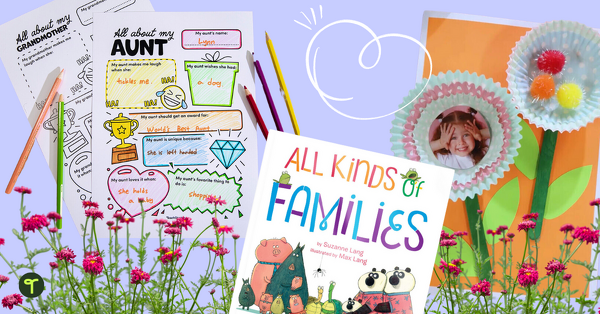
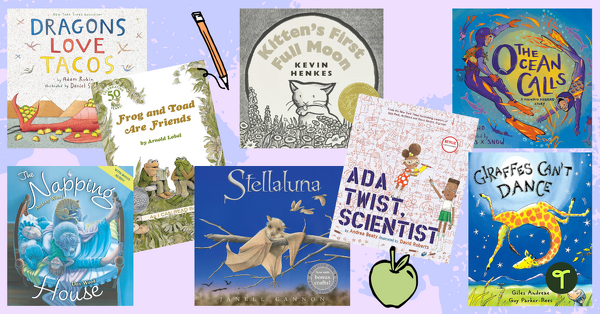
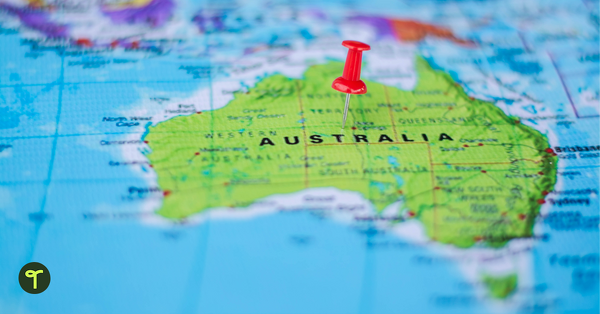
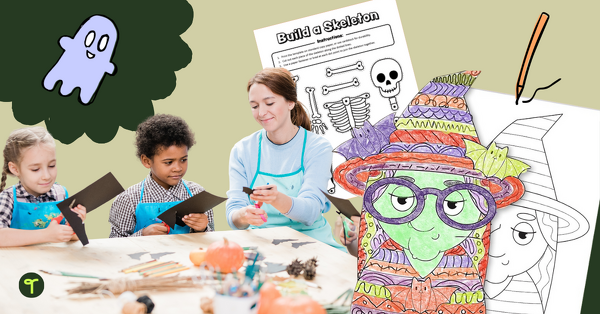
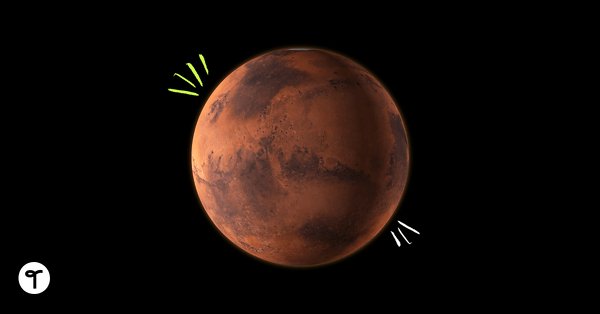
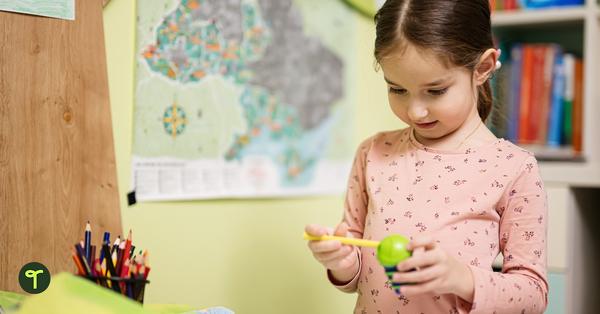
Great Resource! 🥰
Hi Annabel, thank you so much for your kind feedback! We are so glad you are enjoying our resources.